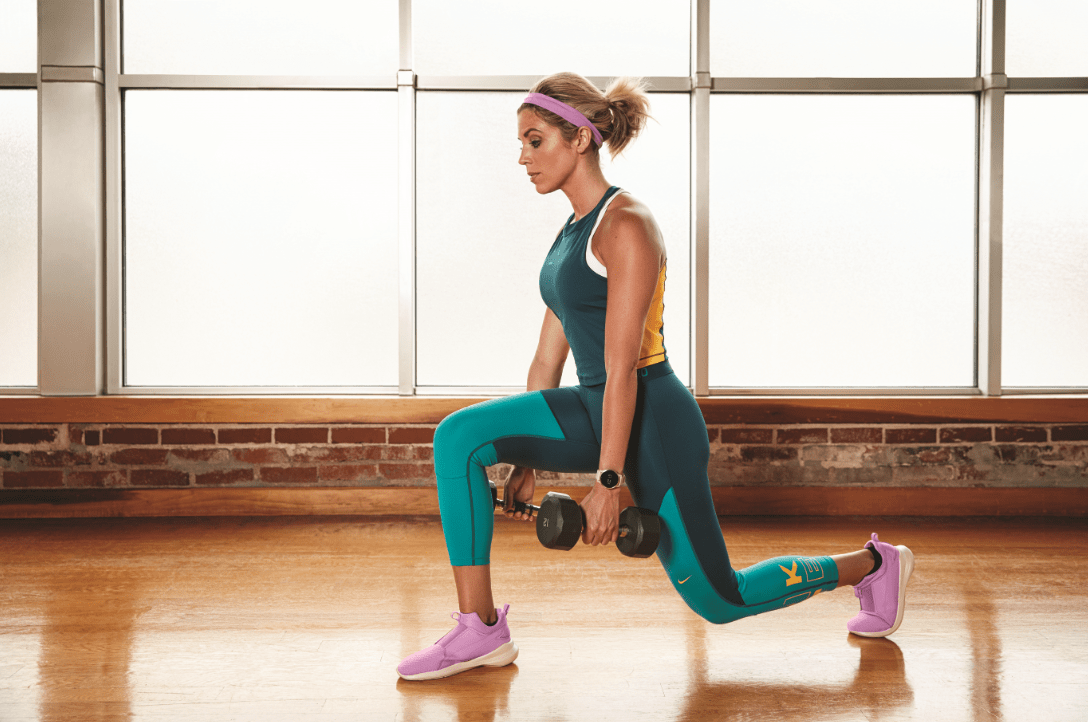
What are lunges?
If you are new to bodybuilding or working out, you will have probably heard of lunges. But, what are lunges?
Lunges are an exercise used to develop muscles in the upper legs and glutes. They can be performed with just bodyweight or resistance can be added with a barbell, dumbbells or a sandbag.
Although lunges are not a priority movement with bodybuilders or strength trainers, they are great as an accessory exercise or 'finisher' as they really stretch the muscles and allow a wide range of motion.
Which muscles are worked with lunges?
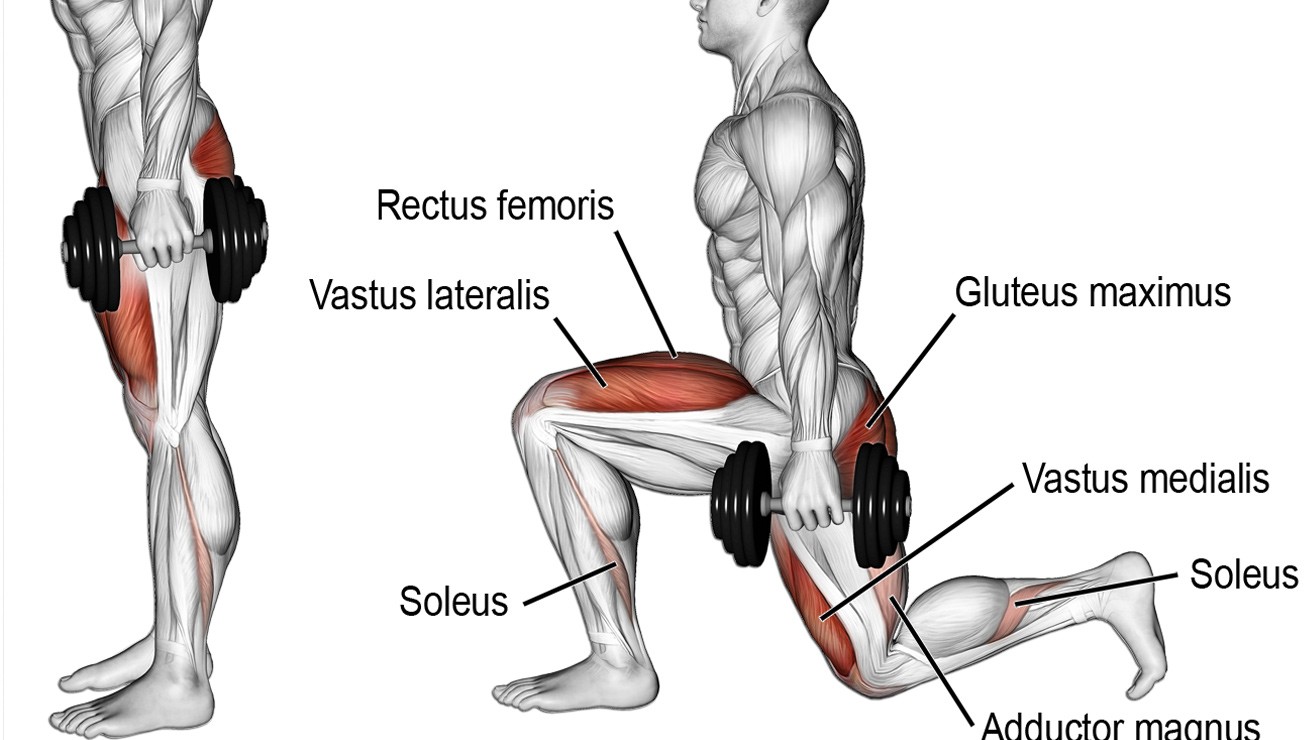
There are a lot of lower body muscles that are activated with lunges making it a great compound exercise.
The main movers are the quadriceps and the gluteal muscles as they are responsible for pressing and straightening the legs and hips. The hamstrings, adductors and calf muscles are also activated as secondary muscles.
How do I perform lunges?
Beginner movements.
Lunges are a fairly simple exercise to perform but if you suffer from mobility issues, it is worth starting with some beginner movements. These can be performed at home without any special equipment.
They are also a great way to warm up for a leg day at the gym as they stretch the quads, hamstrings, groin and gluteal muscles.
Supported reverse lunge.

The supported reverse lunge is simply a way of performing a reverse lunge without having to worry about stabilising the movement. You can start with a small movement and stretch further as your muscles warm-up and stretch.
- Grab a chair or other waist height support.
- Place both hands on the support and stand with a straight spine.
- Take a step backwards with one leg and bend the supporting leg.
- Press up with the supporting leg and bring the rear leg back in.
- Repeat with the other side.
- Complete the required number of reps and sets.
How to do a supported sumo squat.

This is not technically a lunge it is a squat, but it is a great way for developing the quads and glutes for side lunges. By using a chair as a support, you are taking away the requirement of the core muscles to stabilise the movement making it easier and sturdier.
Again, this can be used as a method of working your way up to a lunge if you have mobility issues or, it can also be used as a warm-up for a leg day at the gym.
- Grab a chair or other waist height support.
- Place your hands on the support. Step back from it and put your feet in a wide stance.
- Hinge at the hips and push your glutes out behind you until you are in a sitting position.
- Make sure that your spine is straight and that you lean forward as you hinge.
- Press up from the bottom of the movement back into a standing position.
- Repeat for the required number of sets and reps.
How to do a front lunge.
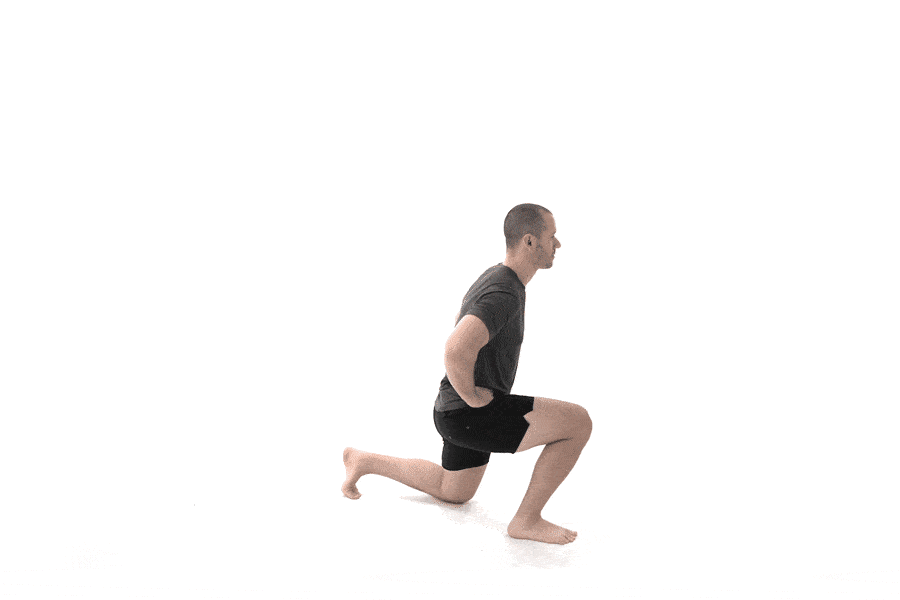
Standard lunges are a simple exercise to perform. They are great to use as a warm-up on leg day as you can really stretch the quads, glutes and hamstrings without putting them under too much strain.
If you are performing this as a bodyweight movement, you do not need any equipment, just a space to move in.
- Stand with your feet slightly apart and your hands on your hips.
- Step forward with one leg. Place the foot down and bend at the knee as you lunge forward
- Keep lunging until the knee on your rear leg is nearly touching the floor and the muscles in your front leg are stretched.
- Hold the position for a second. Breath out as you push through the heel back to an upright position.
- Repeat with the same or alternating legs for the required number of reps and sets.
How to do weighted lunges.
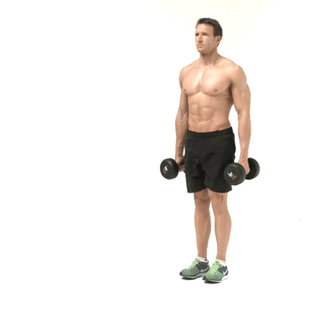
Weighted lunges are performed in exactly the same way as a standard lunge. The only difference is that your hands will be either holding dumbbells or a straddled barbell rather than being rested on your hips.
If you find bodyweight lunges too easy, add some extra resistance for progressive overload and keep the muscles growing.
Whether you are using dumbbells or have a barbell straddled on your shoulders, make sure that you are not going too heavy too soon. Start with a light weight and slowly pyramid your way up to working sets. Make sure that your stance remains sturdy throughout the movement to prevent injury.
How to do walking lunges.

If you have the space, the walking lunge is a great exercise. It can be performed with just bodyweight, a dumbbell, a barbell or with a weighted bag on your shoulders.
The walking lunge allows you to alternate between legs and really stretch the working muscles. Because there is no standing between the reps, the muscles are kept under constant tension making it the most effective lunging motion for many trainers.
The method is the same as a standard lunge. The only difference is that instead of standing back at the end of the movement, you are pressing upwards and bringing the rear leg forward in a 'walking' motion.
This is probably the most popular form of lunge and you will see trainers walking up and down gyms to either warm-up for a leg day or obliterate the muscles at the end of a leg day.
How to do a reverse lunge.
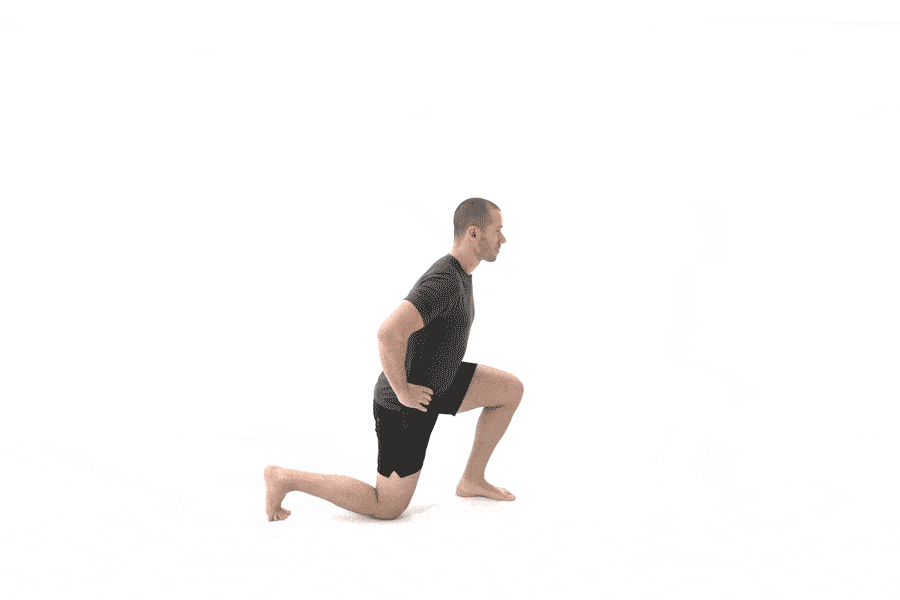
The reverse lunge is another great leg development exercise and is often used in a circuit with front lunges. It can be performed with bodyweight or with added resistance as with the other forms of the lunge.
If you are looking to develop the glutes, this is probably the best lunge variation to use as this is where the majority of the resistance is targeted. It is also a great exercise if you suffer from weak knees as you have a lot more control over the flexion.
How to do a jumping lunge.

The jumping lunge is sometimes referred to as the split lunge. It is more of a plyometric movement than a muscle-building movement. It should only be performed with bodyweight or a very light resistance as the focus is on explosive movement rather than overloading the muscle.
- From a standing position, step forward and lean into a standard lunge.
- As your rear leg knee is about to hit the floor, press upwards in an explosive motion into a jump.
- Whilst both feet are off of the ground, switch the legs so that the rear leg comes to the front and vice versa.
- Repeat the movement for the required number of reps and sets.
How to do a side lunge to sumo squat.

Side lunge to sumo squat is a great one for developing the inner thigh as well as the gluteal muscles. They are a good option for super-setting with front or rear lunges. Resistance can be added with dumbbells if bodyweight lunges are a bit too easy for you.
- Stand with the feet together and a straight spine.
- Take a step to the side and bend the landing leg at the knee until you can feel a good stretch in the hamstring.
- As you come back up to the standing position, keep the feet apart and bend both knees to perform a sumo squat.
- Press both legs upwards and step into the side squat again.
- Push back up into the starting position and repeat on the other side.
- Perform the required amount of reps and sets.
By alternating the legs, you are hitting the quads from different angles twice with each rep. This is great for breaking down as many fibres as possible and promoting growth.
Side lunge to curtsy lunge.

Side lunges to curtsy lunges are another great one to add in to your circuits if you are working on glute development. They bring the gluteus medius and abductor muscles into play more than the standard variations.
Again, there is not much room to perform this safely with a heavily loaded barbell but some light dumbbells can be used for a little extra resistance.
- Stand with your feet shoulder-width apart and back straight.
- Take a step to the side and bend the landing leg.
- Make sure that you are stretching the hamstrings and quads by lunging fairly low.
- As you come back up to the starting position, cross your landing leg behind your standing leg and bend at the knees.
- Use your tiptoes on the landing leg for stabilisation. When your knee nearly hits the floor, press back up again to the starting position.
- Repeat for the required number of sets and reps.
Jumping skater lunge.

The jumping side lunge is also known as the skater lunge. It incorporates the exact same movement as a side lunge but with a jump between the two pressing movements. This makes it a great plyometric movement for developing speed and power in the glutes and quads.
Kicking reverse lunge.

Kicking reverse lunges are great for adding a bit of intensity and cardio conditioning to your circuits. They are exactly the same movement as a traditional rear lunge but as you stand, you kick your lunging leg out in front of you before standing on it.
Make sure that you have warmed up the hamstrings and groin area before attempting this as kicking out with tight muscles can lead to injury.
